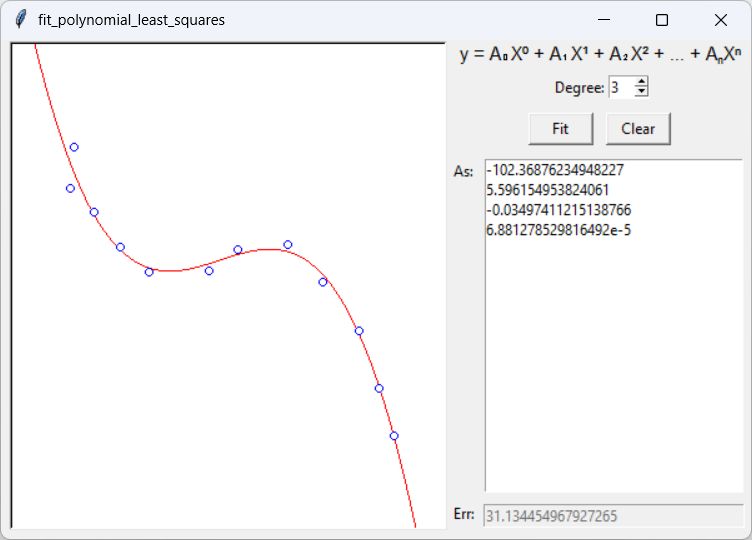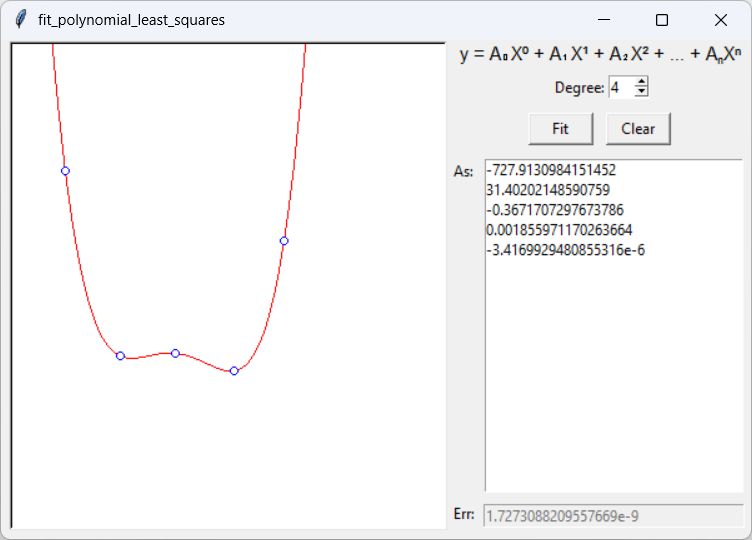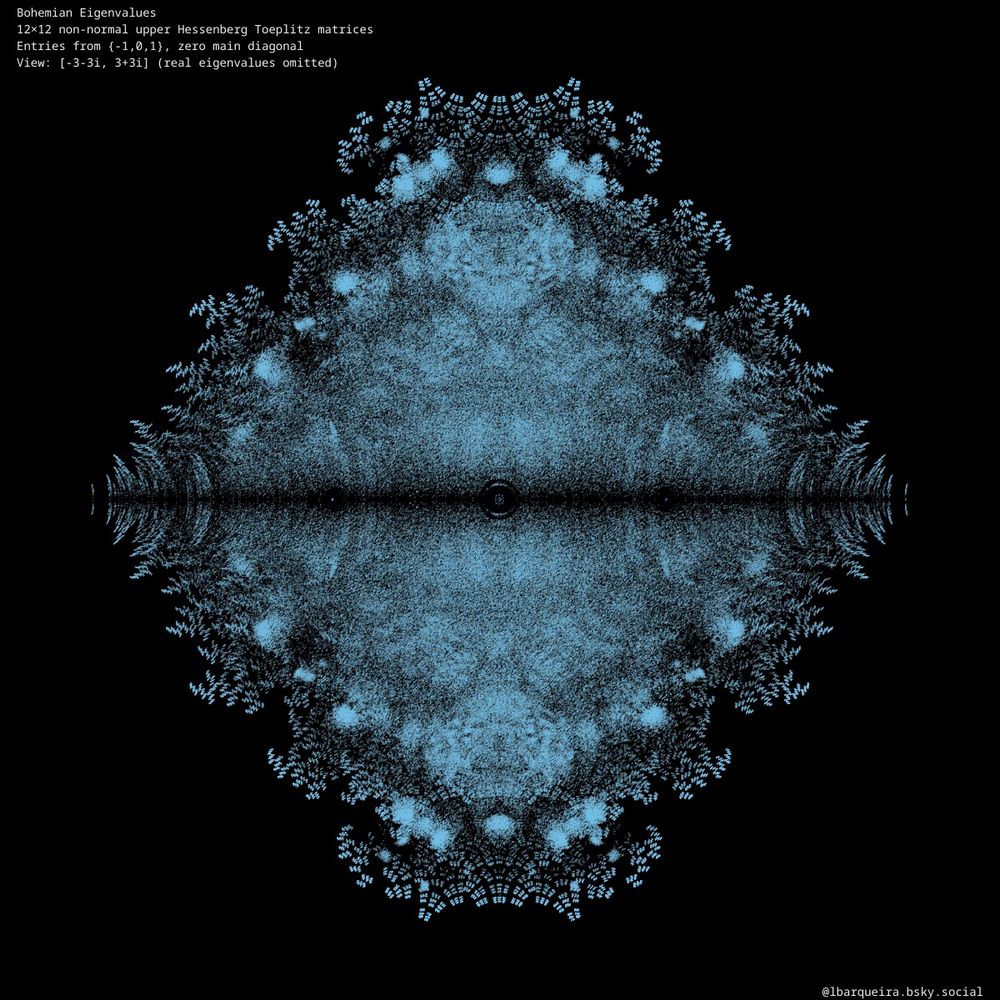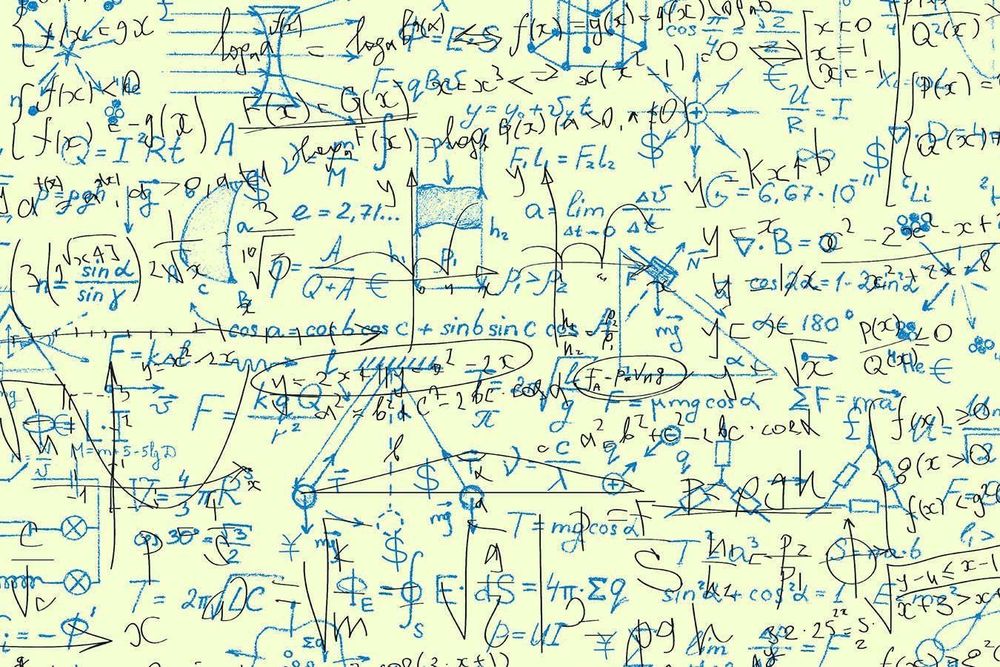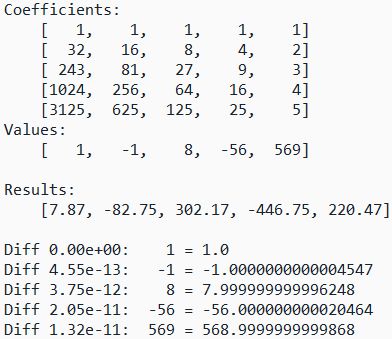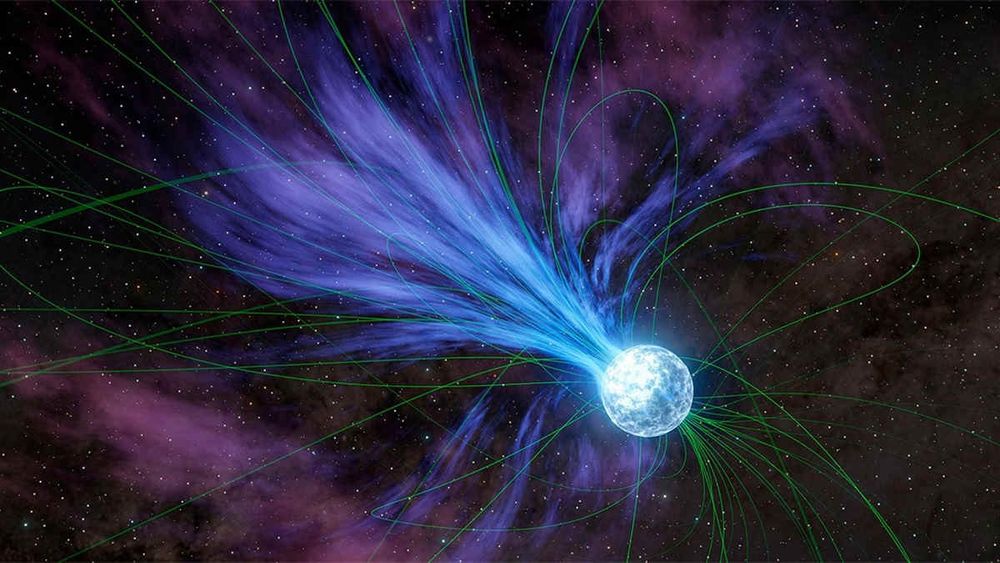
A planet-worth of gold from magnetar star flares
May 2, 2025
### Evrim Yazgin
Cosmos science journalist
By Evrim Yazgin
Where do gold and other rare, precious elements come from?
Astrophysics research suggests a new source of gold, platinum and other heavy elements – the flares unleashed by highly magnetised stars called magnetars.
In an ejection that would have caused its rotation to slow, a magnetar is depicted losing material into space in this artist’s concept. The magnetar’s strong, twisted magnetic field lines (shown in green) can influence the flow of electrically charged material from the object, which is a type of neutron star. Credit: NASA/JPL-Caltech.
Light elements are those that have a smaller number of protons in the atomic nucleus.
The lightest of these – hydrogen, helium, lithium – are the first in the periodic table and they were formed in the first minutes after the Big Bang. These then fuse in the cores of stars to make elements like oxygen and carbon.
But the heaviest naturally occurring elements require much more extreme conditions to form.
Elements beyond iron (number 26 on the periodic table) are produced in cataclysmic events like neutron star mergers or supernovae.
The new research adds a new heavy-element factory to the cosmic production line.
Read More
* Astrophysics
### Oldest known galaxy in universe has oxygen
Up to 10% of our galaxy’s heavy elements could be the result of giant flares emitted by supermagnetised stars according to the study published in the _Astrophysical Journal Letters_.
The research answers a question that has been puzzling astronomers for more than 20 years.
In 2004, the Burst Alert Telescope (BAT) onboard NASA’s Swift spacecraft picked up an unusual signal. The light came from a magnetar – a type of star with magnetic field trillions of times stronger than Earth’s.
The magnetar, dubbed SGR 1806–20, had unleashed a flare which lasted just a few seconds but released more energy than our Sun does in 1 million years. A second, smaller signal from the star peaked 10 minutes later… and confounded scientists for 20 years.
New computational methods have finally solved the mystery of what caused the second signal – a metaphorical, and literal, astronomical pot of gold.
The models showed that the signal must have come from the production of 2 million billion billion kg of heavy elements (roughly equivalent to Mars’ mass).
Credit: Lucy Reading-Ikkanda/Simons Foundation.
“This is really just the second time we’ve ever directly seen proof of where these elements form,” says co-author Brian Metzger, from the Flatiron Institute’s Center for Computational Astrophysics and Columbia University in New York. “It’s a substantial leap in our understanding of heavy elements production.”
The first time scientists observed heavy elements being produced was in 2017 when astronomers confirmed the process in a merger of 2 neutron stars.
“We can’t exclude that there could be third or fourth sites out there that we just haven’t seen yet,” Metzger says.
“The interesting thing about these giant flares is that they can occur really early in galactic history,” adds lead author Anirudh Patel, a doctoral candidate at Columbia. “Magnetar giant flares could be the solution to a problem we’ve had where there are more heavy elements seen in young galaxies than could be created from neutron star collisions alone.”
Originally published by Cosmos as A planet-worth of gold from magnetar star flares
* *







